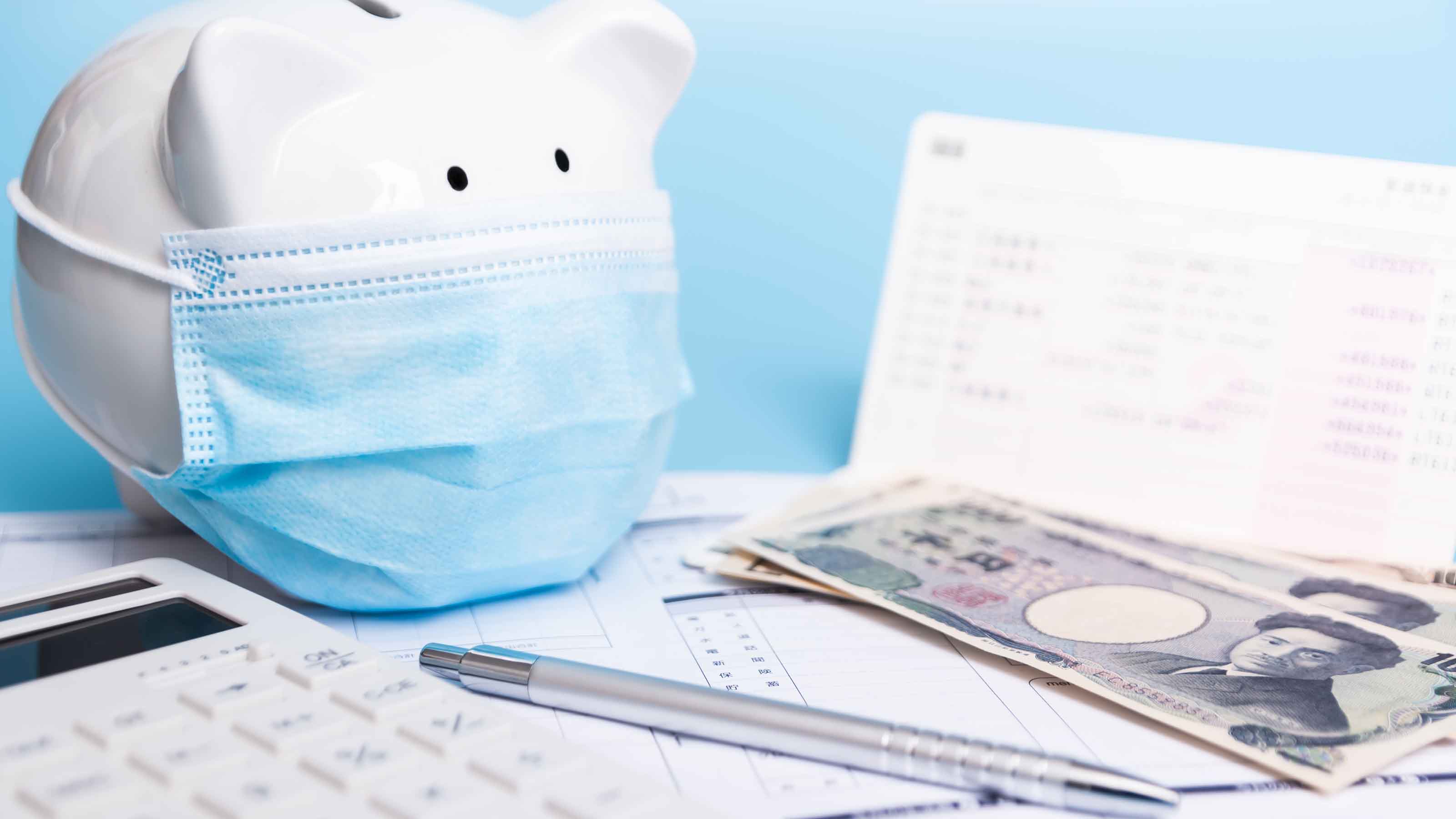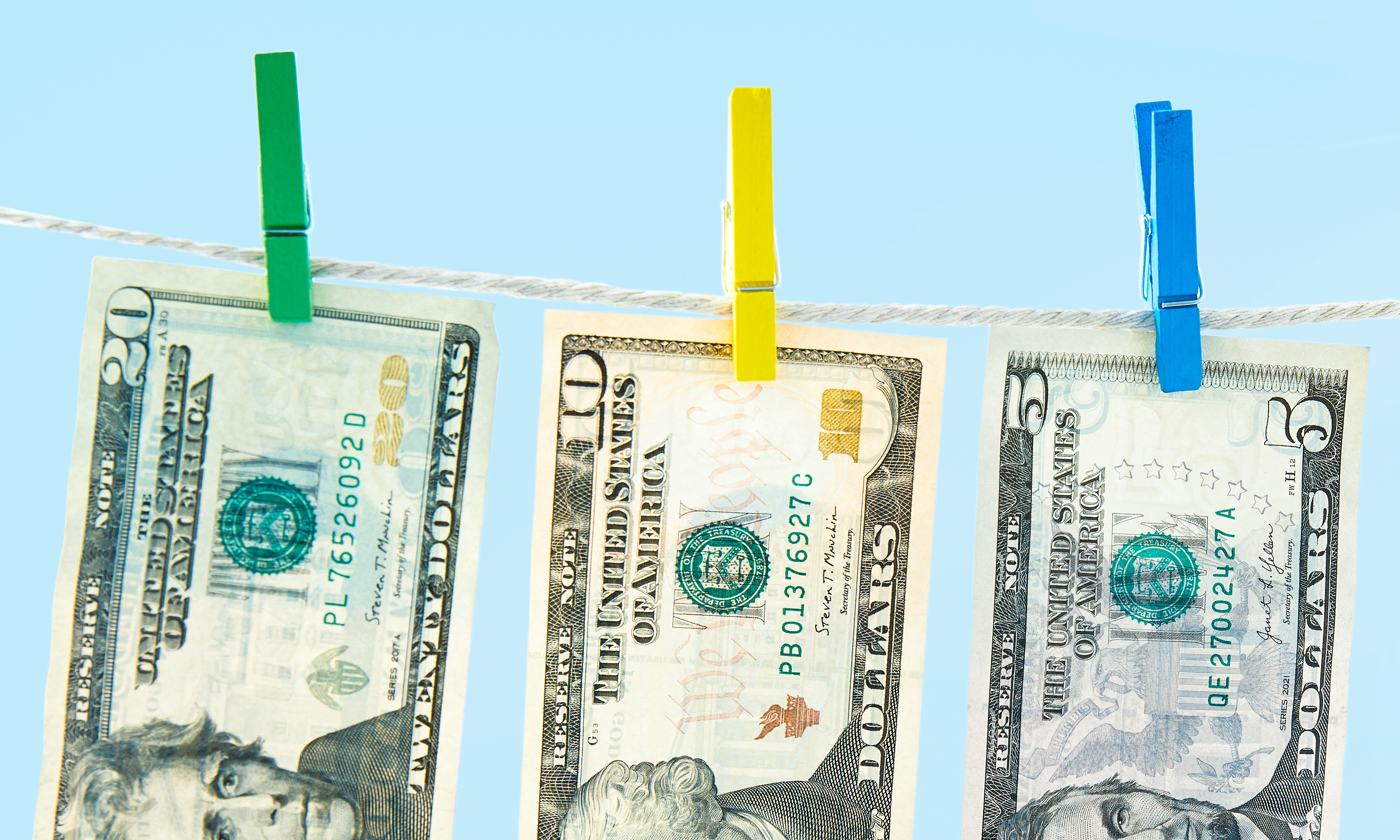Smart Year-End Move: Manage Your Employee Benefits
For 2021, employers may provide a 12-month grace period for both types of flexible spending accounts.


Whether you have a use-it-or-lose-it flexible spending account or a more forgiving health savings account, you can make the most of your health savings by taking certain steps at the end of the year.
Get the Most From Your Flexible Spending Accounts
If you are worried about losing funds you’ve set aside in a pretax flexible spending account for health or dependent care—perhaps because you put off medical appointments or your kids have been home during the pandemic—relax. Legislation enacted in response to COVID-19 tweaked rules for flexible spending accounts. Instead of losing those funds at the end of the year, employers can modify their plans to allow workers to carry over unused funds through 2022.
Normally, your employer may let you roll over up to $550 of unused funds in a health care FSA for an additional 2½ months (that is, until March 15 of the following year), and you can’t roll over any dependent care FSA funds. But for 2021, employers may provide a 12-month grace period (to December 31, 2022) for both types of flex accounts. That’s particularly significant for dependent care spending accounts, because Congress allowed those FSA holders to sock away up to $10,500 of pretax wages in 2021, up from the standard limit of $5,000.
From just $107.88 $24.99 for Kiplinger Personal Finance
Become a smarter, better informed investor. Subscribe from just $107.88 $24.99, plus get up to 4 Special Issues

Sign up for Kiplinger’s Free Newsletters
Profit and prosper with the best of expert advice on investing, taxes, retirement, personal finance and more - straight to your e-mail.
Profit and prosper with the best of expert advice - straight to your e-mail.
If your employer doesn’t provide a grace period, keep in mind that depleting unused funds in a health care spending account is easier than using up a dependent care FSA. You can pay for home COVID-19 testing kits, hand sanitizer and masks. You can also use FSA funds to buy over-the-counter drugs, such as pain relievers, cough suppressants and antihistamines. For a full list of eligible items, go to www.fsastore.com/fsa-eligibility-list.aspx. If you’re unsure about whether your employer offers a grace period, contact your human resources department as soon as possible.
Budget For a Health Savings Account
If you have a Health Savings Account (HSA), no need to make a midnight run to Walgreens, because there’s no deadline to use funds in the account. But this is a good time to figure out how much you can afford to sock away next year. For 2022, the HSA annual contribution limit for self-only coverage increases from $3,600 to $3,650. If you have family coverage, the limit rises from $7,200 to $7,300. If you’re 55 or older by the end of 2022, you can put in an extra $1,000 in “catch up” contributions.
To qualify for an HSA, your 2022 health insurance policy must have a minimum deductible of $1,400 for self-only coverage or $2,800 for family coverage. Didn’t max out your 2021 HSA contributions? You have until April 15, 2022, to add to the account.
As is the case with a health care FSA, you can use HSA funds for personal protection equipment, such as masks, and COVID testing kits, as well as other out-of-pocket medical expenses. You can’t have both a health care FSA and an HSA.
Profit and prosper with the best of Kiplinger's advice on investing, taxes, retirement, personal finance and much more. Delivered daily. Enter your email in the box and click Sign Me Up.

Rivan joined Kiplinger on Leap Day 2016 as a reporter for Kiplinger's Personal Finance magazine. A Michigan native, she graduated from the University of Michigan in 2014 and from there freelanced as a local copy editor and proofreader, and served as a research assistant to a local Detroit journalist. Her work has been featured in the Ann Arbor Observer and Sage Business Researcher. She is currently assistant editor, personal finance at The Washington Post.
-
 Dow, S&P 500 Rise to New Closing Highs: Stock Market Today
Dow, S&P 500 Rise to New Closing Highs: Stock Market TodayWill President Donald Trump match his Monroe Doctrine gambit with a new Marshall Plan for Venezuela?
-
 States That Tax Social Security Benefits in 2026
States That Tax Social Security Benefits in 2026Retirement Tax Not all retirees who live in states that tax Social Security benefits have to pay state income taxes. Will your benefits be taxed?
-
 QUIZ: What Type Of Retirement Spender Are You?
QUIZ: What Type Of Retirement Spender Are You?Quiz What is your retirement spending style? Find out with this quick quiz.
-
 9 Types of Insurance You Probably Don't Need
9 Types of Insurance You Probably Don't NeedFinancial Planning If you're paying for these types of insurance, you may be wasting your money. Here's what you need to know.
-
 Money for Your Kids? Three Ways Trump's ‘Big Beautiful Bill’ Impacts Your Child's Finances
Money for Your Kids? Three Ways Trump's ‘Big Beautiful Bill’ Impacts Your Child's FinancesTax Tips The Trump tax bill could help your child with future education and homebuying costs. Here’s how.
-
 Key 2025 Tax Changes for Parents in Trump's Megabill
Key 2025 Tax Changes for Parents in Trump's MegabillTax Changes Are you a parent? The so-called ‘One Big Beautiful Bill’ (OBBB) impacts several key tax incentives that can affect your family this year and beyond.
-
 Amazon Resale: Where Amazon Prime Returns Become Your Online Bargains
Amazon Resale: Where Amazon Prime Returns Become Your Online BargainsFeature Amazon Resale products may have some imperfections, but that often leads to wildly discounted prices.
-
 What Does Medicare Not Cover? Eight Things You Should Know
What Does Medicare Not Cover? Eight Things You Should KnowMedicare Part A and Part B leave gaps in your healthcare coverage. But Medicare Advantage has problems, too.
-
 Roth IRA Contribution Limits for 2026
Roth IRA Contribution Limits for 2026Roth IRAs Roth IRAs allow you to save for retirement with after-tax dollars while you're working, and then withdraw those contributions and earnings tax-free when you retire. Here's a look at 2026 limits and income-based phaseouts.
-
 Four Tips for Renting Out Your Home on Airbnb
Four Tips for Renting Out Your Home on Airbnbreal estate Here's what you should know before listing your home on Airbnb.
-
 Five Ways to a Cheap Last-Minute Vacation
Five Ways to a Cheap Last-Minute VacationTravel It is possible to pull off a cheap last-minute vacation. Here are some tips to make it happen.